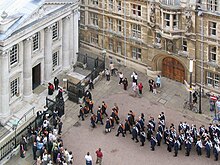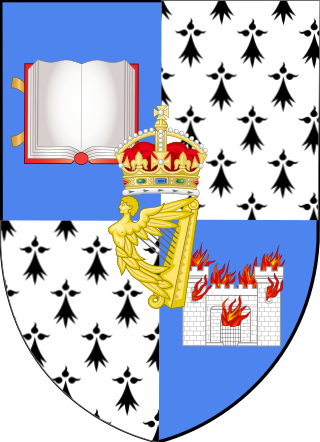
The University of Dublin, corporately designated the Chancellor, Doctors and Masters of the University of Dublin, is a university located in Dublin, Ireland. It is the degree-awarding body for Trinity College Dublin. It was founded in 1592 when Queen Elizabeth I issued a charter for Trinity College as "the mother of a university", thereby making it Ireland's oldest operating university. It was modelled after the collegiate universities of Oxford and of Cambridge, but unlike these other ancient universities, only one college was established; as such, the designations "Trinity College" and "University of Dublin" are usually synonymous for practical purposes.
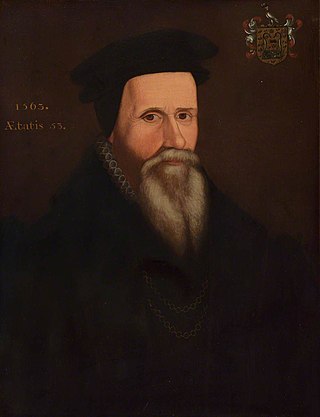
John Caius, also known as Johannes Caius and Ioannes Caius, was an English physician, and second founder of Gonville and Caius College, Cambridge.

The Ascension Parish Burial Ground, formerly known as the burial ground for the parish of St Giles and St Peter's, is a cemetery off Huntingdon Road in Cambridge, England. Many notable University of Cambridge academics are buried there, including three Nobel Prize winners.
A Supplicant, one who supplicates, is a term applied to humble petitioners, and in particular to University of Oxford students who have qualified for but not yet been admitted into their degree.

William Branthwaite (1563–1619) was an English scholar and translator.

There are a number of popular legends associated with Cambridge University and its 800 year-old history, often recounted by punt guides to tourists while cruising the River Cam. Some are true, some contain elements of truth, and others are somewhat more fabricated. The myths and legends listed below represent a select few of the traditions and stories associated with Cambridge.

Sir Thomas Gooch, 2nd Baronet (1674–1754) was an English bishop.

Gonville and Caius College, often referred to simply as Caius, is a constituent college of the University of Cambridge in Cambridge, England. Founded in 1348 by Edmund Gonville, it is the fourth-oldest of the University of Cambridge's 31 colleges and one of the wealthiest. In 1557, it was refounded by alumnus John Caius. The college has been attended by many students who have gone on to significant accomplishment, including fifteen Nobel Prize winners, the second-highest of any Oxbridge college after Trinity College, Cambridge.

Trinity Lane is a street in the centre of Cambridge, England. The lane leads off Trinity Street.

The Old Schools are part of the University of Cambridge, in the centre of Cambridge, England. The Old Schools house the Cambridge University Offices, which form the main administration for the University.

The University of Cambridge is a public collegiate research university in Cambridge, England. Founded in 1209 and granted a royal charter by King Henry III in 1231, Cambridge is the world's third-oldest surviving university and one of its most prestigious, currently ranked second-best in the world and the best in Europe by QS World University Rankings. Among the university's most notable alumni are 11 Fields Medalists, seven Turing Award winners, 47 heads of state, 14 British prime ministers, 194 Olympic medal-winning athletes, and some of world history's most transformational and iconic figures across disciplines, including Francis Bacon, Lord Byron, Oliver Cromwell, Charles Darwin, Stephen Hawking, John Maynard Keynes, John Milton, Vladimir Nabokov, Jawaharlal Nehru, Isaac Newton, Bertrand Russell, Manmohan Singh, Alan Turing, Ludwig Wittgenstein, and others. Cambridge alumni and faculty have won 121 Nobel Prizes, the most of any university in the world, according to the university.
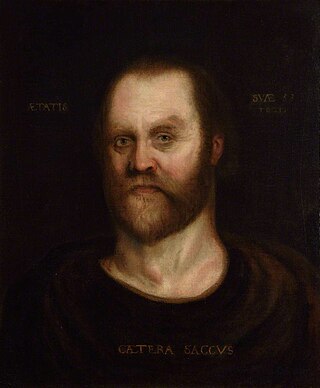
John Gostlin was an English academic and physician, Master of Gonville and Caius College, Cambridge from 1619 and Regius Professor of Physic.
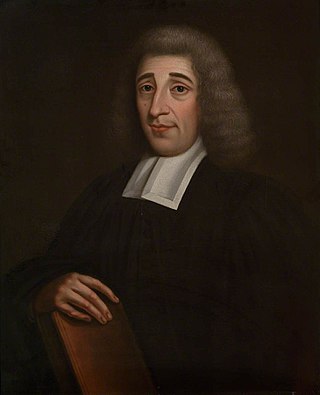
Sir James Burrough was an English academic, antiquary, and amateur architect. He was Master of Gonville and Caius College, Cambridge, and designed or refaced several of the buildings at Cambridge University in a Classical style.

Andrew John Schofield is an academic and administrator who is the Vice-Chancellor of Lancaster University. A theoretical physicist, he was previously a Pro-Vice-Chancellor at the University of Birmingham and Head of its College of Engineering and Physical Sciences. As an academic, his research focus is in the theory of correlated quantum systems, in particular non-Fermi liquids, quantum criticality and high-temperature superconductivity.
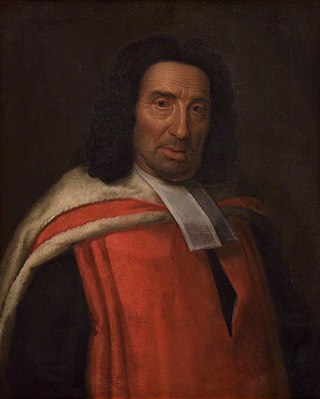
Sir John Ellys or Ellis (1634?–1716) was an English academic, Master of Gonville and Caius College, Cambridge from 1703.

James Halman was an academic of the University of Cambridge. He held the office of Registrary of the university from 1683 to 1701 and was also the twenty-third Master of Gonville and Caius College.

Ernest Stewart Roberts was born in Swineshead, Lincolnshire; a classicist and academic administrator. He served as Master of Gonville and Caius College, Cambridge and Vice-Chancellor of the University of Cambridge (1906-1908). He was admitted to Caius in 1865, elected Fellow in 1870 then Senior Tutor. He was elected President in 1894 and Master in 1903. He was involved in the foundation of the College magazine, The Caian and the College Mission at Battersea and in the organisation of the College rifle corps and boat club.
John Forbes Cameron was a Scottish mathematician, academic and academic administrator. He was Master of Gonville and Caius College, Cambridge from 1928 to 1948 and was Vice-Chancellor of the University of Cambridge from 1933 to 1935.

Richard Fisher BelwardD.D. FRS was an academic in England in the second half of the 18th century and the early years of the 19th. He was born Richard Fisher, adopting the name Belward in 1791.
William Buckenham was a 16th-century priest and academic.



